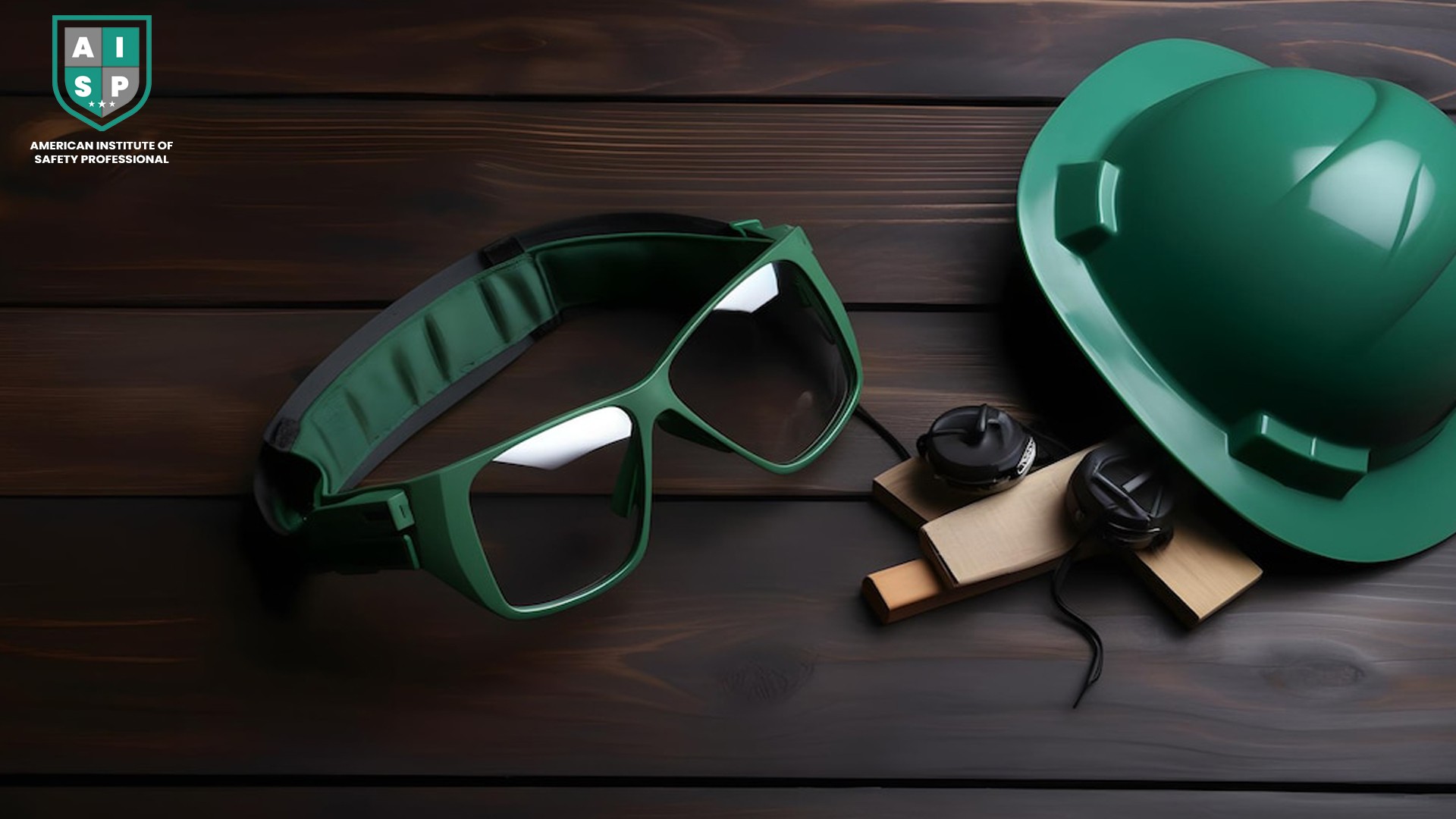In the world of electrical work, safety should always be the top priority. Electrical hazards can pose significant risks to both professionals and homeowners alike. That's why it is crucial to have the right safety equipment in place when dealing with electrical systems. In this blog post, we will explore the importance of safety equipment in electrical work and discuss the various types of equipment that should be utilized to ensure a safe working environment.
Why Safety Equipment Matters
Working with electricity is inherently dangerous due to the potential for electrical shocks, burns, and fires. Safety equipment acts as a crucial line of defense against these hazards, providing protection to those involved in electrical work. By using appropriate safety equipment, electrical professionals can mitigate the risks associated with their jobs, reducing the likelihood of accidents and injuries.
Types of Safety Equipment
1. Protective Gloves: Insulated gloves are designed to provide electrical shock protection and protect against burns. These gloves, made from rubber or other insulating materials, should be worn whenever there is a risk of contact with live electrical parts. Different classes of gloves are available based on the level of voltage protection required.
2. Safety Glasses: Eye protection is essential when working with electrical systems. Safety glasses with side shields can protect the eyes from sparks, debris, and chemicals. They should be worn at all times to prevent eye injuries caused by electrical arcs, explosions, or flying objects.
3. Protective Clothing: Electricians should wear flame-resistant clothing, such as coveralls or flame-resistant shirts and pants, to reduce the risk of burns in case of electrical fires or arc flashes. The clothing should cover the entire body to minimize exposed areas.
4. Safety Footwear: Electrical work often involves working in environments with potential tripping hazards and the risk of electrical shock. Electricians should wear safety boots with non-conductive soles and toe protection to safeguard against electrical shock and prevent foot injuries.
5. Voltage Detectors: These devices are used to check the presence or absence of voltage before starting any electrical work. Voltage detectors, also known as non-contact voltage testers, are essential for verifying that electrical circuits are de-energized, ensuring the safety of the worker.
6. Arc Flash Personal Protective Equipment (PPE): Arc flashes can release immense amounts of heat and energy, leading to severe injuries. Arc flash PPE includes arc-rated clothing, face shields, gloves, and hoods specifically designed to protect against the intense heat, flames, and radiant energy produced during an arc flash event.
7. Respiratory Protection: In some situations, electrical work may involve exposure to hazardous fumes or dust. Respiratory protection, such as respirators or masks, should be used to prevent inhalation of harmful substances.
Ensuring Safety Equipment Effectiveness
Having the appropriate safety equipment is essential, but it is equally important to ensure its proper usage and maintenance. Here are some key considerations:
1. Training: All electrical professionals should receive proper training on the correct usage of safety equipment. They should be educated on the potential hazards, the importance of each safety item, and how to inspect and maintain the equipment.
2. Regular Inspections: Safety equipment should be inspected regularly to ensure its effectiveness. Gloves, clothing, and other protective gear should be checked for signs of wear and tear, and any damaged or faulty items should be replaced immediately.
3. Compliance with Standards: Safety equipment should meet relevant industry standards and regulations. It is crucial to choose products from reputable manufacturers that adhere to safety guidelines and have the necessary certifications.
4. Risk Assessments: Before commencing any electrical work, a thorough risk assessment should be conducted to identify potential hazards and determine the appropriate safety measures, including the necessary safety equipment.
Conclusion
Safety should never be compromised in electrical work. The use of appropriate safety equipment plays a vital role in preventing accidents, injuries, and even fatalities. By employing protective gloves, safety glasses, clothing, footwear, voltage detectors, arc flash PPE, and respiratory protection, electrical professionals can create a safer working environment. Furthermore, proper training, regular inspections, compliance with standards, and risk assessments are essential to ensure the effectiveness of safety equipment. Prioritizing safety through the use of appropriate equipment will not only protect workers but also contribute to the overall success and efficiency of electrical projects.





0 comments
No Comments